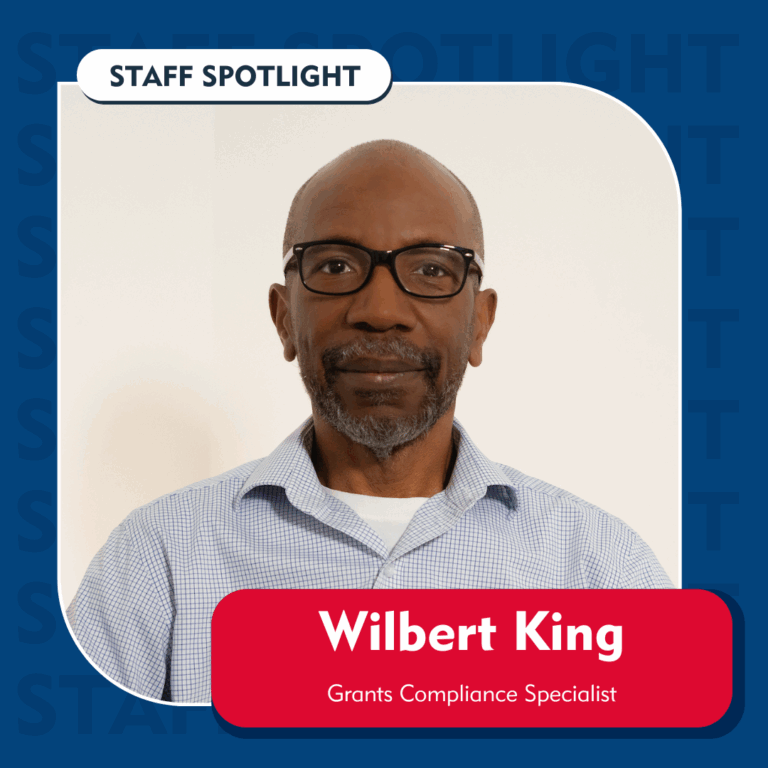Mes de la prevención del maltrato infantil

Dear Friends,
April is Child Abuse Prevention Month and it serves as one of our biggest opportunities to step up and educate our friends, families and neighbors about child abuse and neglect, and how we individually and collectively can help prevent it. But, before we can educate others on how to prevent child abuse and neglect, we must familiarize ourselves with the definitions, signs of abuse and neglect, and what prevention efforts are currently out there. The Federal Child Abuse Prevention and Treatment Act defines child abuse and neglect as, at minimum:
- “Any recent act or failure to act on the part of a parent or caretaker which results in death, serious physical or emotional harm, sexual abuse or exploitation;” or
- “An act or failure to act which presents an imminent risk of serious harm.”
You may be asking yourself, why does child abuse and neglect happen in the first place? There is no single answer to, or cause of, child abuse or neglect, nor is there an excuse for someone abusing or neglecting a child. There are, however, a multitude of risk factors that have been observed to increase the likelihood that a person will engage in abuse or neglect of a child. These risk factors exist not only on an individual level, but also on relationship, community and societal levels. Examples of these risk factors include:
- Caregivers with drug or alcohol issues.
- Caregivers with mental health issues, including depression.
- Caregivers who don’t understand children’s needs or development.
- Caregivers who were abused or neglected as children.
- Caregivers with low education or income.
- Caregivers experiencing high levels of parenting stress or economic stress.
- Families that are isolated from and not connected to other people (extended family, friends, neighbors).
- Families experiencing other types of violence, including relationship violence.
- Communities with high rates of violence and crime.
- Communities with high rates of poverty and limited educational and economic opportunities.
- Communities where families frequently experience food insecurity.
So, what does prevention actually look like? What services are in place to help strengthen families and prevent their entry into the child welfare system in the first place? Prevention is a term used to describe an intervention into a family or household with the primary goals of preventing a child from entering the foster care system and ensuring a safe environment for the child. To be successful, prevention services must reduce the risk factors and promote protective factors to ensure the well-being of children and families. As a whole, prevention works toward reducing what we call adverse childhood experiences (ACEs) – potentially traumatic events that happen to children – and providing services in a few specific areas: financial security, education, positive childhood development, promotion of social norms that protect against violence, positive youth-adult relationships and intervention. Many different departments of government can aid in the prevention of child abuse. To learn more about these high-level services, check out our deep dive on these prevention strategies and what the state of Texas does to prevent child abuse and neglect.
The most important thing to understand is that we can prevent child abuse and neglect. It takes strong communities that have the resources they need to thrive. Imagine a day where we have no child abuse and neglect in our world – what can we do to create that reality?
As a community member, there are many ways you can help prevent child abuse and neglect and raising awareness is one of them. Have conversations with your loved ones, friends and colleagues about these issues. Post about it on social media, and consider using a blue child abuse prevention ribbon as your profile photo during the month of April. In addition to raising awareness among your friends and family, I encourage you to connect with your local CASA program to see what they have planned for the month of April.
Local CASA programs work hard every day to provide the best supports and advocacy for children who have experienced abuse or neglect and this is a great time to support their upcoming events and consider donating to the cause. Your contribution can help create a better, safer world where all children and families can thrive and every child knows that they are safe and loved.

If you are not currently involved with CASA, I ask you today to consider how you can play a part in making a difference in the lives of our most vulnerable children. Are you ready to take the first step towards becoming a CASA volunteer? Visit HazteACASA.org para saber cómo puede defender a un niño que le necesita. También puede apoyar el trabajo de Texas CASA por hacer un regalo seguro en línea that will help support the local CASA volunteer advocacy programs across the state.


